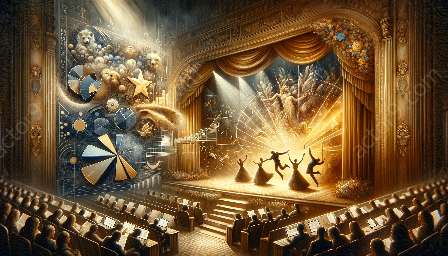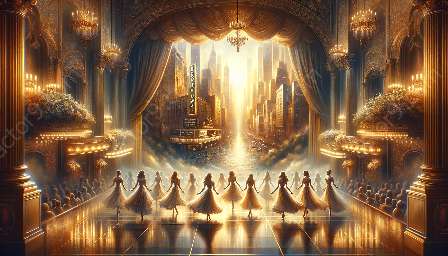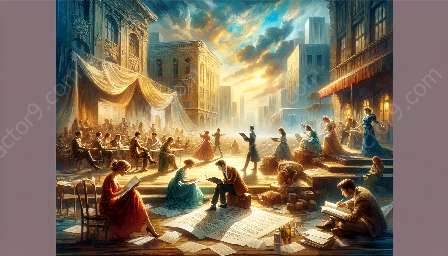Broadway musicals are known for their captivating storytelling, memorable songs, and exquisite performances. However, in recent years, an increasing focus has been placed on the importance of diversity and inclusion in these productions. This topic cluster aims to unravel the significance of diversity and inclusion in Broadway musicals, particularly in the context of adaptations and their influence on the broadway and musical theater landscape.
The Evolution of Diversity in Broadway Musicals
Broadway has a rich history of showcasing a wide array of stories and characters, but the industry has not always been representative of the diverse world we live in. Over time, there has been a notable shift towards acknowledging and celebrating diversity in musical theater. This transformation has brought forward stories from different cultures, ethnicities, and backgrounds, allowing audiences to connect with a broader range of narratives. Furthermore, the inclusion of diverse casting and creative talent has contributed to the authenticity and depth of these productions.
Impact of Broadway Musical Adaptations
Broadway musical adaptations play a crucial role in shaping the landscape of diversity and inclusion in theater. When popular films, literary works, or non-musical plays are adapted into musical productions, there is an opportunity to re-imagine these stories with a newfound focus on diverse representation. This not only expands the reach of diverse narratives but also introduces a wider audience to the importance of inclusivity in the arts. Furthermore, the adaptation process often involves collaboration with creators and artists from diverse backgrounds, leading to a more authentic and respectful portrayal of the original work.
Benefits of Diverse Representation
The inclusion of diverse characters, themes, and cultural elements in Broadway musicals has a profound impact on both the industry and its audience. It fosters a sense of belonging and acceptance among individuals who may see themselves reflected on stage for the first time. Moreover, diverse representation challenges stereotypes, fosters empathy, and enriches the overall storytelling experience. It encourages meaningful conversations and promotes a greater understanding of different perspectives, thereby elevating the cultural relevance and significance of Broadway as a platform for inclusive narratives.
Challenges and Opportunities
Despite the progress made, the journey towards full inclusivity in Broadway musicals comes with its share of challenges. In some cases, there may be resistance to change or a reluctance to deviate from traditional casting and storytelling practices. However, these challenges also present opportunities for growth and innovation. By actively addressing the need for diverse representation and inclusion, the Broadway community can pave the way for a more vibrant and relevant artistic landscape. Embracing diversity opens doors for fresh narratives, creative collaborations, and a more dynamic engagement with audiences.
Conclusion
In conclusion, diversity and inclusion in Broadway musicals are essential components that contribute to the richness and vitality of the theater industry. Through the exploration of diverse stories, characters, and creative talents, Broadway musicals have the power to amplify voices that have historically been underrepresented. By understanding the impact of adaptations on broadway and musical theater, we can appreciate the transformative influence of embracing diverse perspectives and narratives. Ultimately, the promotion of diversity and inclusion in Broadway musicals not only enhances the art form but also fosters a more inclusive and reflective society.



































